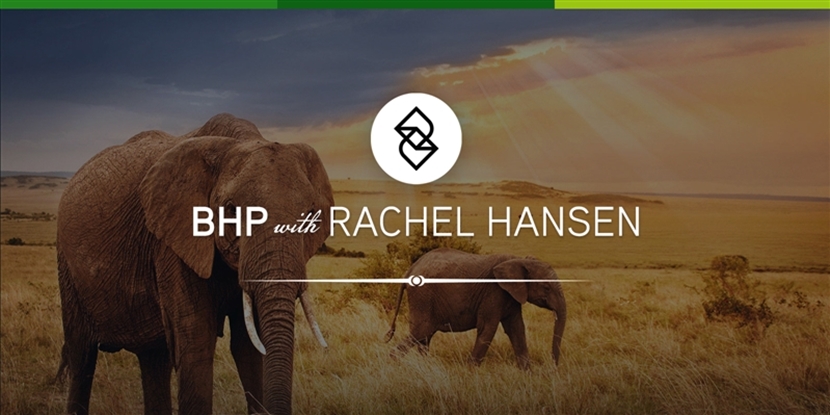How can we know what happened millions of years ago if no one was there to see it? Today we’re going to be archaeologists! We’re going to investigate what the fossils of early peoples and the items they left behind can tell us about our early ancestors.
Driving Question: What does archaeology reveal about our early ancestors?
- How can we know what happened millions of years ago if no one was there to see it? Considering we’ve never met homo habilis or australopithecus, how do we know about these early species? What is archaeology, and what can it teach us about early humans?
Word of the Day: Archaeology
- Definition: study of ancient people and the world that they lived in.
- Archaeology informs us about early humans by examining the remains of ancient peoples (fossils) and the items they left behind, such as tools and pottery. Archaeologists dig for fossils, look for new sites, explore and survey, and analyze their findings. They also interact with other disciplines. Historical archaeology examines written records of the past; prehistoric archaeology examines fossils from before the written record.
Lesson
- Go to Khan Academy and do the activity Historos Cave.
- Put what you know about archaeology to work in this activity. You are going to describe how early humans at a fictional site would have lived. You’ll take on the roles of different scientists. Think about what an anthropologist, archaeologist, geologist, and paleontologist might focus on when investigating the human ancestors who once lived at this cave. Think about how those experts would answer these questions:
- What were some of the physical traits of the early humans living in this cave?
- What were they eating and how did they get their food?
- What was a day in the life of an early human like here?
Historian’s Journal Prompt
- What will you put in your coronavirus time capsule?
- We are living through history right now. Take a few moments to document what is going on in your life right now—stuff that your future self, or future humans, might be interested to know. Create a time capsule! What will you include? Consider adding photos, journal pages, local newspaper clippings, magazine covers, artwork, or interviews with relatives or friends. Document how old you are, how tall you are, who your friends are, your hopes for the future, how you’re feeling, and maybe even what you’re most excited to do when this is all over. You can keep your time capsule in a shoe box, or get really creative and bury it in the yard!

